
If you’re not specifically looking for Guv’nors Boxing Club in Long Beach, you’ll probably cruise right past it—which is exactly how owner Liz Parr likes it.
There’s no big sign out front or bright lights to draw attention, and the doorway leading up the stairs into the lobby could just as easily take you into an apartment complex, pawn shop, dispensary or any other type of business you’d expect to see on this slightly seedy stretch of Anaheim Street.
After holding the grand opening on Cinco de Mayo 2018, Guv’nors isn’t the kind of place you’d see in an advertisement while looking at gyms online. There are no sponsored Groupon listings or promoted Instagram posts of a model in full makeup hitting a heavy bag, and the vast majority of suburban soccer moms you’d see at a Saturday-morning cardio kickboxing class probably don’t even know this place exists. And once you’ve ascended to the lobby, the patches of paint missing from the walls and the dings in the wooden beadboard would probably weed out anyone who was looking for a “luxury” exercise experience. Friends, clients and visitors have asked Parr if she’s ever going to fix it up, but the former U.S. National champion isn’t interested in hosting a painting party now that she’s cleaned up the wood floors; added a front desk and some seating; and cleared out the trash, needles and condoms left over the years by squatters.
The South Gate native is simply looking to run the kind of old-school boxing gym she grew up in. Guv’nors is not looking to compete with cushy brands—even though Parr knows she could probably be bringing in more money by selling out. “I don’t advertise or anything, and I’m not trying to sell memberships to everyone who walks in the door,” she says as she finishes her morning ritual of drinking a huge cup of coffee before putting on a little makeup at the lobby’s desk. “The only people I want here are the ones who want to be here. Every gym you go into has that one guy or a couple of people who are jerks, but we don’t have that here. Everyone here is nice, and they’re all excited to come in here. I want to keep it that way.”
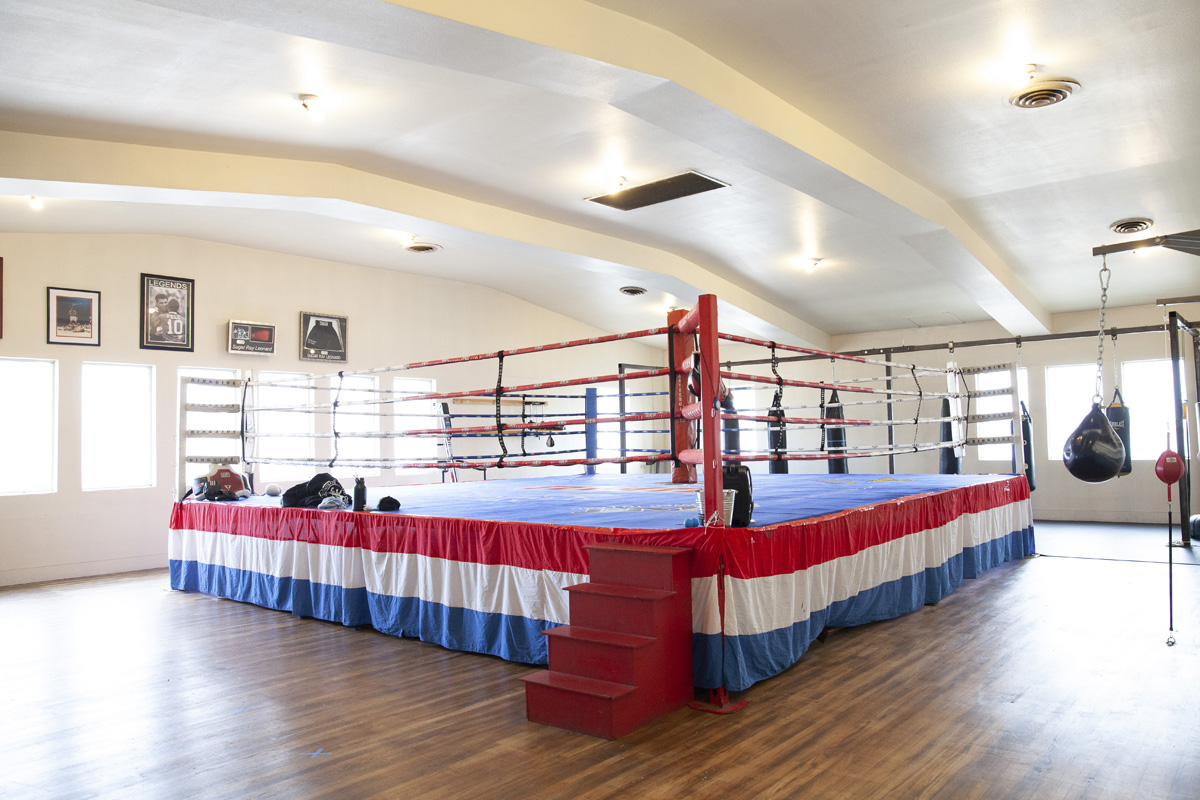
Of course, just because the massive space isn’t painted a sleek gray and doesn’t contain a juice bar or even a cucumber-water dispenser doesn’t mean the training facilities aren’t world-class. Although the room that will one day be set up for her husband (strength and conditioning expert Yas Parr) and his clients is still used for storage, the two main sections of Guv’nors that are open and functional feature just about everything one could possibly want in a boxing gym.
With one gymnasium-sized room dedicated to serious amateur and professional boxers (complete with a full-scale ring) and the other filled with enough heavy bags and workout equipment to host classes of a couple of dozen beginners, Parr has enough space to conceivably run three or four separate training sessions at a time in the location that she believes was once a Masonic lodge based on paperwork she found. However, Parr is currently the only trainer at Guv’nors. “I’m just super-picky with that kind of thing because I don’t want just anyone coming in here, you know?” Parr says. “I’m just one of those people who would rather do it myself and make sure it’s up to my standards, but I know that once we get enough people, I’m going to need someone else, too.”
Although Parr acknowledges she may have to someday trust another person to teach classes and she begrudgingly accepted the help of friends in the handful of months it took her to convert the horror show of an abandoned location into a premier boxing facility, it’s actually her unwillingness to rely on others that brought Parr to boxing in the first place.
At 14, Parr—then Elizabeth Quevedo—fell in love with weightlifting after deciding that high-school team sports weren’t for her. The school’s weightlifting coach quickly noticed Parr’s significant strength for her size and convinced her to take it more seriously to prepare for some upcoming competitions. Unfortunately, it only took one mention from her second-oldest brother about Parr being the only girl on the team for her father to step in and forbid her from continuing to attend practices.
Shocked and angered by her dad’s denial, Parr offered him the ultimatum of finding her a sport where she could “hurt people” or suffering the wrath that only a 14-year-old girl can dish out. Parr’s father brought her to the boxing gym near where he worked in the City of Commerce. But by the time they got there, the spot where he regularly played handball was closing. “I was just walking around the boxing ring with the lights off, so it was already dark in there,” Parr recalls. “I was like, ‘Whoa! This is awesome. This is what I want to do.’ I didn’t know what I was about to get myself into, but that’s a good thing.”
On Aug. 19, 1999, Parr’s father put down a fake address in order to enroll his daughter in the free youth boxing program the gym offered to Commerce residents.
* * * * *
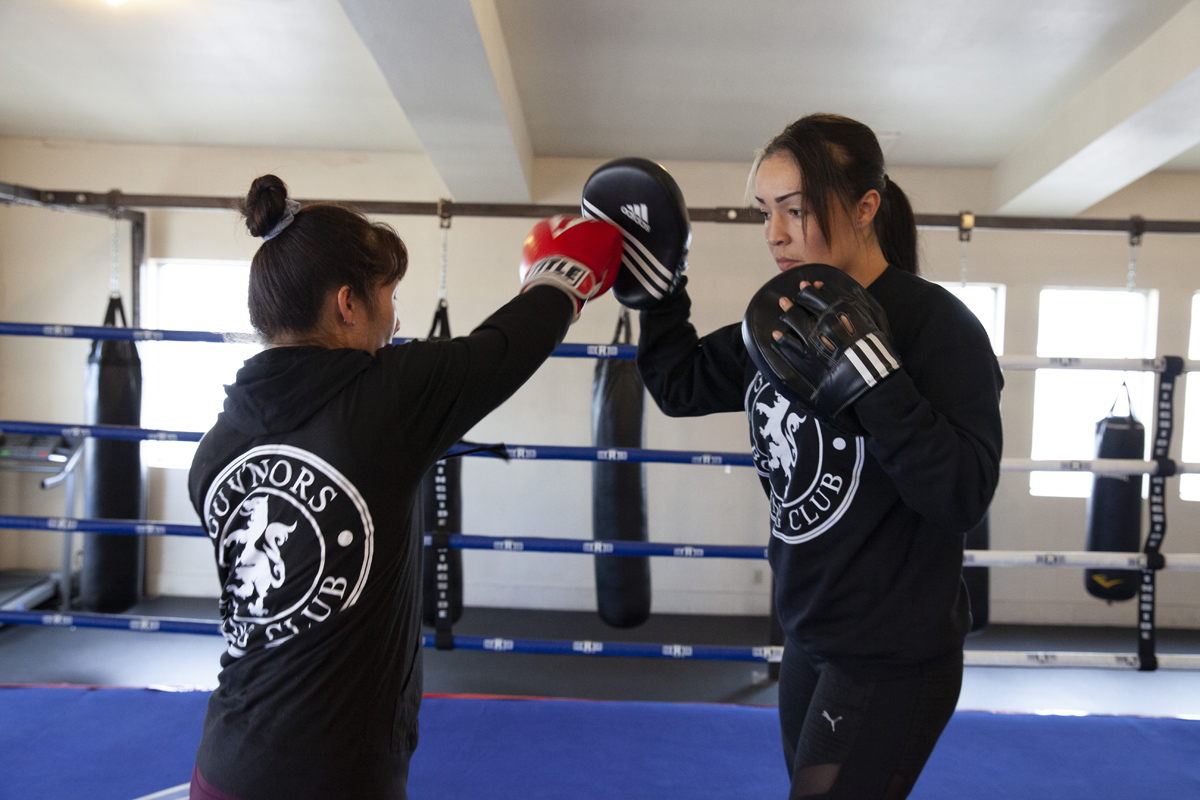
The first few years of Parr’s boxing career weren’t quite as easy as she thought they would be. Even though she was a bit of a tomboy with an attitude, she didn’t want anyone at school to know about her new hobby. By her senior year, though, her worlds were clashing far too much to keep them apart.
Parr, who admits to not being the best student, began to find it difficult to stay awake and alert in class every day after waking up early to run before school. Eventually, she made the decision to tell her teachers about her boxing schedule, as Parr knew she needed to graduate to continue training and avoid her parents’ disappointment.
But her boxing career was also struggling, as finding women willing to step into the ring with the 5-foot-9-inch, 145-pound teenager was no small task—nor was it easy to get any girls her own age to fight her. As soon as she hit the age of 17, Parr excitedly signed up as an adult.
As it so happens, one of the first matches on her road to the U.S. Nationals landed on the day after her senior prom. “My dad never let me go to dances, but I asked him if I could go to prom, and he said, ‘All right, but I want you home at 9,’” Parr recalls. “I was like, ‘Uhhh, it doesn’t work that way. I think it starts at 9.’ I told him it was in Long Beach, but he just said, ‘I want you home at 9.’ So my mom said to me, ‘Look, I’m going to put some sleeping pills in his food, but just don’t be home too late.’ I went, but I didn’t dance that much in case I was tired. As soon as it was over at midnight, everybody was going to these crazy after-parties, and I was like, ‘I gotta go.’”
Had Parr gone to an after-party, she may not have destroyed the thirtysomething woman she fought the next day, which put her on the path to her first U.S. Nationals appearance in 2002. Parr ended up across the ring from much more experienced women, and having only taken a few fights before the national tournament, she dropped the championship match by one point.
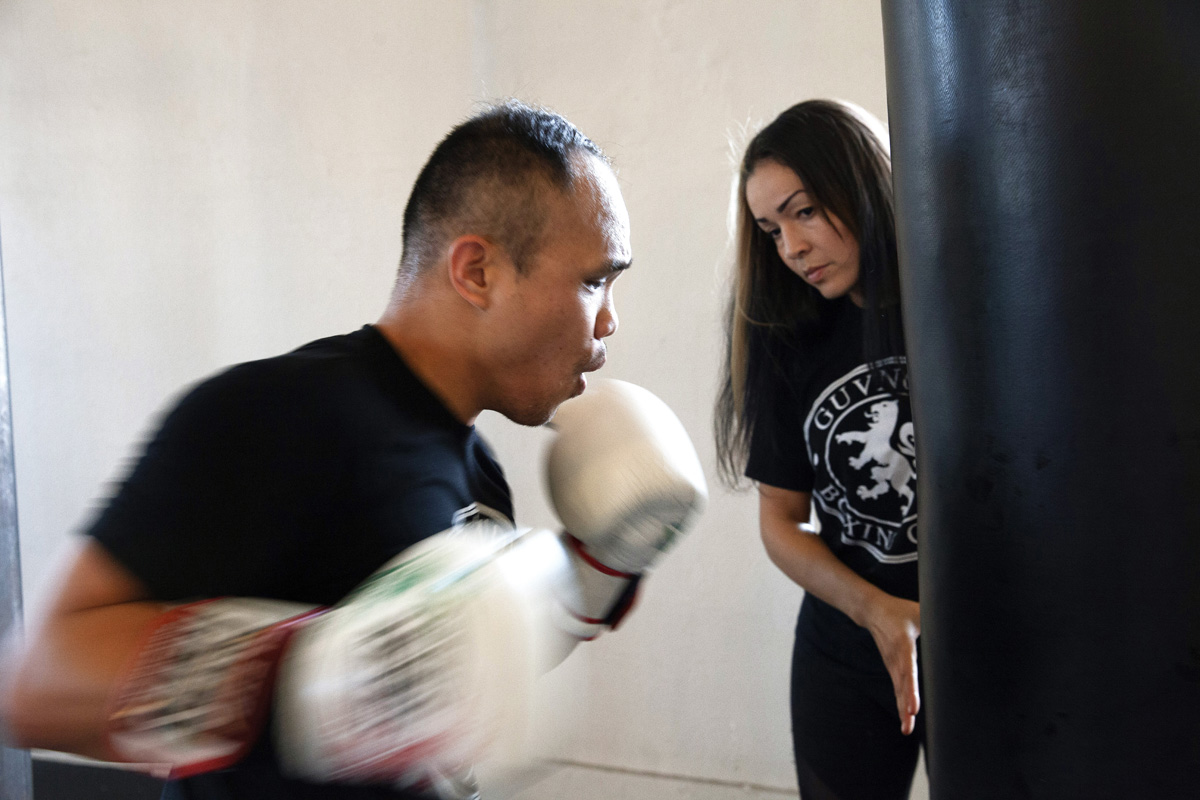
Despite being furious with herself for only getting the silver in her first attempt, Parr understood what adjustments she needed to make and dominated the amateur circuit for the entirety of the mid-2000s.
Parr’s first international trip as part of the U.S. National Team is something she’ll never forget. “My first trip out of the country was to Russia with my South Gate hood ass, and it was the biggest culture shock I’ve ever had,” she says. “We had to meet in New York—and I’d never really been out on my own—and I lost my damn passport at the airport. I’m like, ‘That’s it; I’m going to miss my flight.’ But somebody found my passport, and they held the plane so I could be the last person on. Then we got to Russia, and it was as different as could be from sunny South Gate.”
From 2003 until 2007, Parr was the best female boxer in the country and among the top in the world. Four straight years as the top-ranked woman in her weight class, Parr became known on an international level for her power and ability to stop her competitors—something not often seen in amateur matches because of the use of head protection and shorter bout lengths. Although her entertaining style occasionally led to losing against some of the more point-based international boxers, there was rarely doubt as to who was actually doing more damage in each fight.
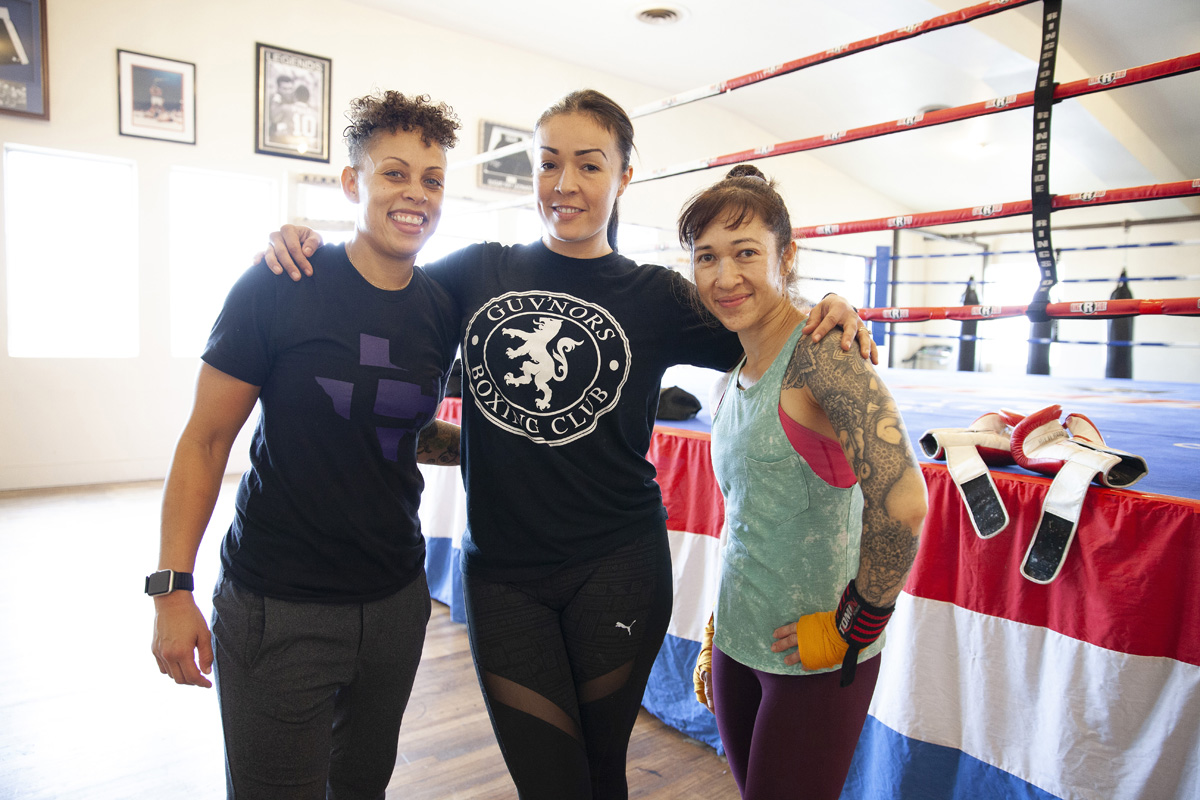
Though it’s likely Parr would have been a favorite to medal at the Olympics, women’s boxing divisions weren’t among the events in 2008. And Parr wasn’t about to spend the majority of her 20s on the amateur circuit, holding out for a spot on the 2012 Olympic roster.
Instead, Parr took a professional fight in Irvine on May 24, 2007, finishing off Danielle Christiansen with ease. The untelevised performance seemed like the perfect introductory chapter to Parr’s professional career, but it simply wasn’t meant to be. Unhappy with her career prospects as a fighter and generally dissatisfied with where women’s boxing was as a whole, Parr opted to hang up her gloves in her prime.
“If you watch women’s boxing, MMA, judo or anything, we’re a lot more hardcore than most of the men,” Parr says. “But you still can’t name 10 women fighters, who they fight, or anything about them, really. I feel like it should be a lot more, and that’s the reason why I stopped fighting. I thought I’d be a millionaire by the time I got to the pros because Laila Ali, [Christy Martin] and Mia St. John were all out when I started. There was a little spark, but then it died out. I’m always afraid that’s what’s happening now.
“It sucks because women sacrifice a little bit more than men to do it because of having babies,” Parr continues. “Women will put off having a baby because you’ve dedicated so much time to it and you know you can only do it a few more years, whereas men can have babies any time they want. I saw how much [women] had to sacrifice and how little [they] got, and I said, ‘I’m done.’”
* * * * *
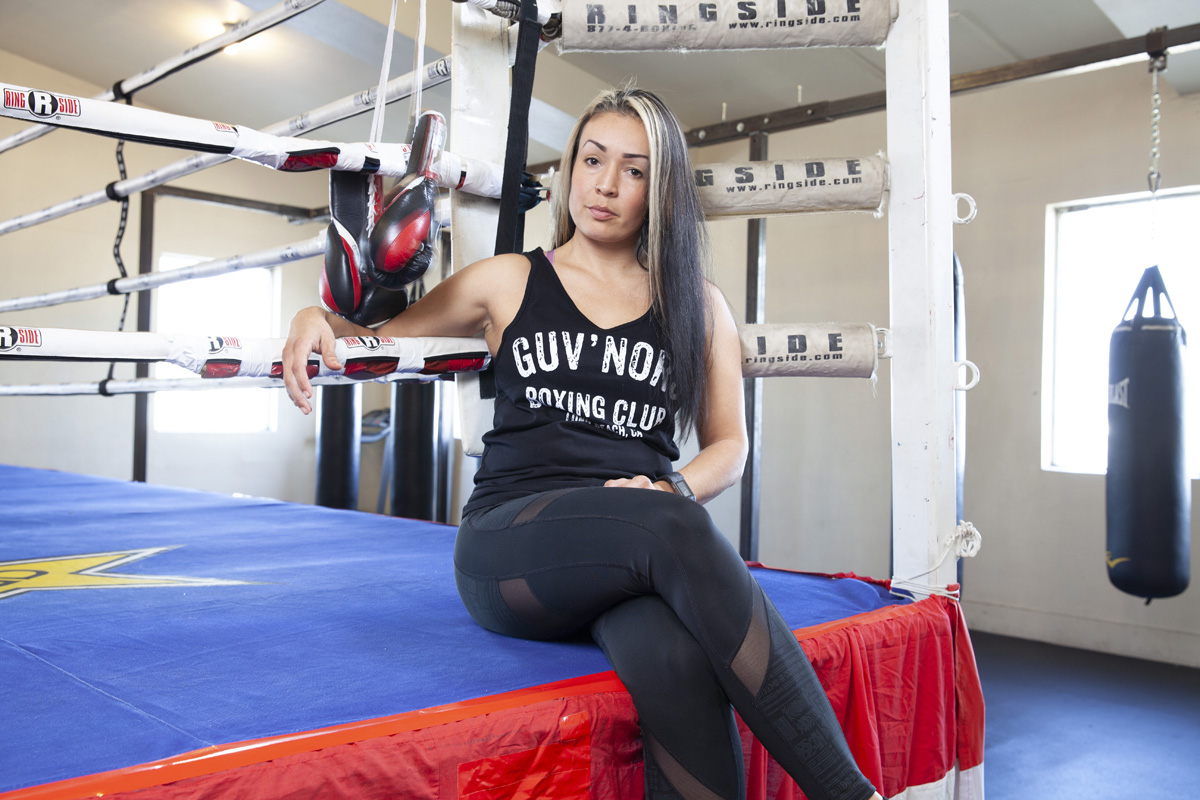
As her fighting career came to an end, Parr knew she wanted to become a trainer to help the next generation accomplish goals even beyond what she did in the ring. After moving to Long Beach in 2012 and training at other gyms in the area for a handful of years, she knew it was time to open up Guv’nors. There, she’s putting an emphasis on building a big “scary” amateur team as well as continuing to grow her classes for both kids and adults. Though she’s already been discriminated against for being a female trainer in a relatively misogynistic sport, it’s not like a little adversity has ever stopped her before.
“This is all here because I knew when I grew up that I had to give it back,” Parr says, motioning to the gym around her. “You can’t ‘make’ somebody, but I wanted to give them the opportunity to commit themselves to something and get to travel and everything like I did. It was the best opportunity I’ve ever had as a young person, and I want to give that to someone else.”
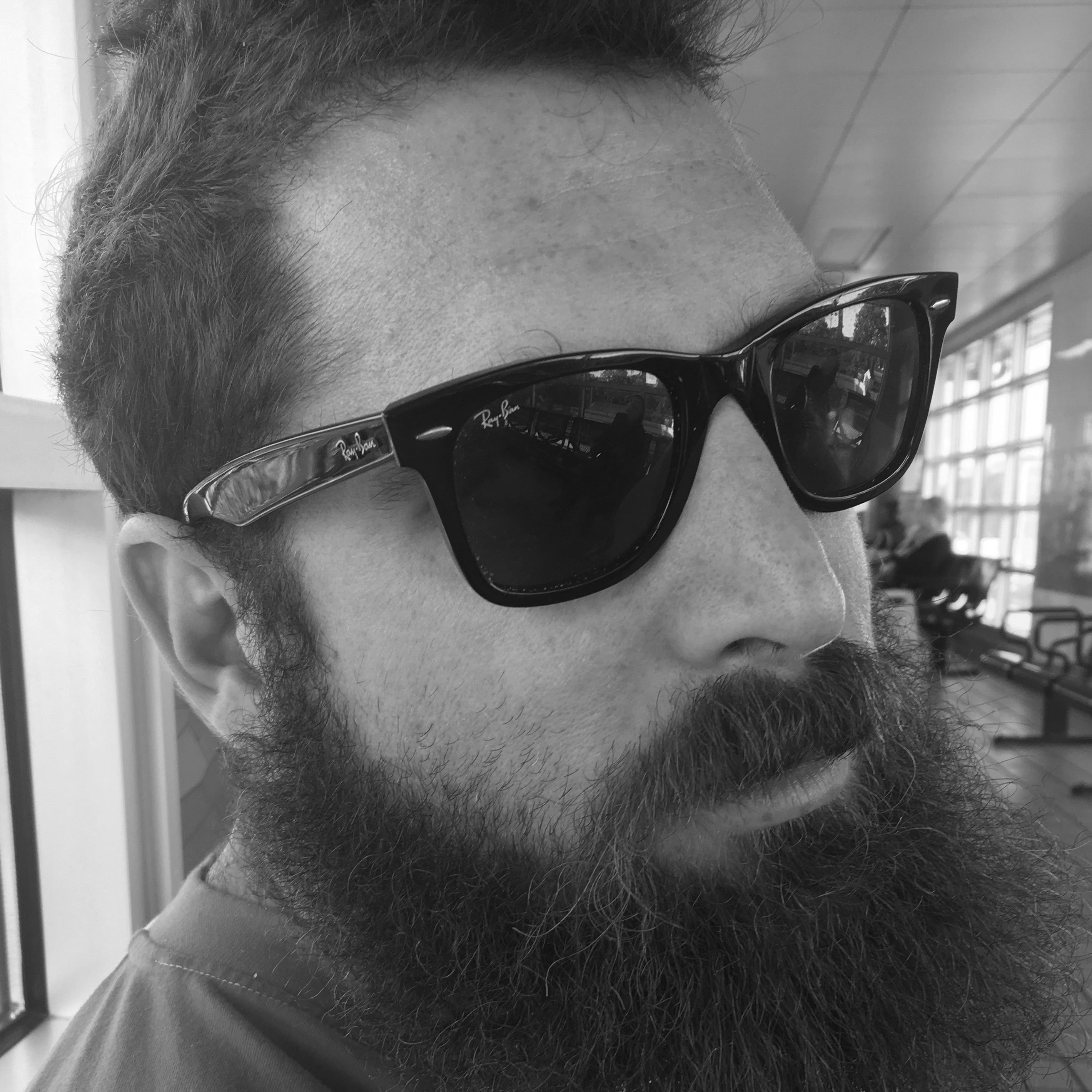
Josh Chesler used to play baseball for some pretty cool teams, but now he just writes about awesome stuff like tattoos, music, MMA and sneakers. He enjoys injuring himself by skateboarding, training for fights, and playing musical instruments in his off time.


I’m in attraction with the cbd products and https://organicbodyessentials.com/products/cbd-oil-1000mg ! The serum gave my epidermis a youthful help, and the lip balm kept my lips hydrated all day. Eloquent I’m using moral, bona fide products makes me guess great. These are infrequently my must-haves after a fresh and nourished look!
Because at the end of the day, what really matters to participants that are paying cash to satisfy, fall in love as well as get wed with gorgeous Chinese ladies? Arrange virtual days, send your Chinese bride an actual present, and attempt to be familiar with each various other at a much deeper level. A Chinese mail order bride-to-be cost will certainly depend upon many elements: your choices, the dating website you have actually chosen, just how much you would certainly invest in presents… Betrothal Gifts: The groom’s household is anticipated to give the bride-to-be’s family members a set of gifts that signify their great purposes as well as economic ability to sustain the new bride. When it involves face functions, there can be numerous sorts of popular faces, but when it comes to eyes, you’ll see incredible girls with double-eyelids and also almond-shaped eyes. Because of lots of social factors that practically no one desires to have these types of coins in their collections, it appears that. Chinese funeral coins that resemble money coins contend times been described as “truly terrifying” and “terrible” by Chinese coin collection agencies. High religions like the were additionally at times used with the old customized of clay interment cash, such as a clay Jinbing having a small worth of a million cash coins in the immortality.
Incense is understood for its medicinal worth and also was made use of in old times for cleaning up injuries and sores, as an analgesic, as well as for embalming the anointing or dead kings. Today it’s even more common for heck cash to be ritualistically shed as offerings for the dead to utilize in the immortality. These contemporary imitations of banknotes are supposedly issued by the Financial institution of Heck, the main bank of the afterlife. Like Japanese females – Chinese females by a lot of are excellent maids, loyal other halves, caring mothers, normally feminine, gentle, as well as touching in affection. Conversely, you can do what Chinese women are doing and also spend over $20m dating online partners. You can think about doing your grocery at an Eastern supermarket, ending up being a routine consumer at a Chinese restaurant, or visiting a number of Chinese locations and participating in their practices. Asian Art chnlove.com – Attending To the Immortality: “Great Artefacts” from Shandong. Zhang Maohua, “Cash Trees Explained,” China Archaeology and Art Digest 4, no. 4 (April-May 2002), pp. Republic of China in 1912 CE, when the era name system was superseded by the Republic of China schedule. The numbering of the year would certainly still raise on the very first day of the Chinese calendar yearly, no matter the month in which the age name was adopted.
They initially started dating in 2010 but damaged up not long after. To call a year making use of a period name only needs counting years from the very first year of the period. Chinese period names were titles embraced for the purpose of recognizing as well as numbering years in Imperial China. South China Early Morning Post (Alibaba Team). “One Out of 100” uses a amusing as well as fresh take on modern-day matchmaking, showcasing the hopes as well as dreams of young songs in China. A Chinese J-15 fighter jet prepares to remove during military exercises around Taiwan. Joss paper is additionally melted in traditional Chinese funeral services. Countries Online Joss Paper. Joss Paper, additionally called ghost or spirit money, are sheets of paper that are shed in conventional Chinese divine being or forefather prayer events during special holidays. The idea is that the spirit of the departed has to pay its magical financial obligation that it has collected over their life. Additionally, as we have discussed, the most effective Taiwan brides do not go out on days all that much – so they frequently have a tendency to take their dating life online as well as spend more time there than on genuine dates. Oracle bone inscriptions are the earliest instances of composed characters in China, dating back to over 3,600 years earlier.
Dating a Chinese woman has come to be quite preferred in the last few years. Unlike other free Chinese dating websites in China, Jiayuan offers distinct messaging between members of its neighborhood. Above are two posters on Ulove’s social media account featuring its female participants. And a Tây SÆ¡n empire cash money coin released under Nguyá»…n Nhạc was found within the tomb of Thoại Ngá»c Hầu as well as his two better halves. This exploration is thought about significant because Thoại Ngá»c Hầu was an upper-level Nguyá»…n empire authorities and also as Tây SÆ¡n dynasty coinage was outlawed from circulating by the Nguyá»…n government. Banliang coins – Han empire (206 BCE-220 CE) – Bronze – Diam. Chinese interment coins are commonly not consisted of in Chinese coin brochures. Wikimedia Commons has media associated with Chinese burial coins. A Chinese lady is fun and also may be a bit withdrawn at the beginning, yet with time when the ice has actually been damaged, you will certainly locate her fairly fitting. If you are searching for a certain woman from China, with a specific look, behavior, objectives, background, and also any kind of various other type of special description, you can be sure that you will find her.
Liz Parr Fights to Build an Old-School Boxing Club for Long Beach – OC Weekly
[url=http://www.g8pbo832ad3hd5m0779lx8a1we6721mzs.org/]useiobfej[/url]
seiobfej http://www.g8pbo832ad3hd5m0779lx8a1we6721mzs.org/
aseiobfej